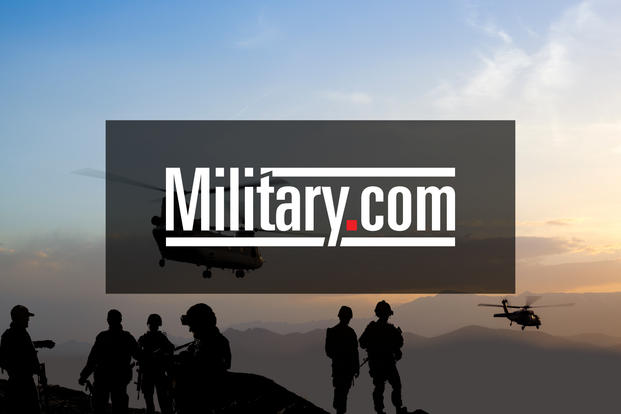U.S. Special Forces troops were on the ground Thursday with thousands of Kurdish and Yazidi fighters to guide airstrikes in a push to take the northwestern Iraqi flashpoint town of Sinjar and cut off a vital ISIS resupply route between Syria and Iraq, U.S. and Kurdish officials said.
The American troops had helped guide at least 36 airstrikes in the initial phases of the offensive but they were technically not functioning as Joint Terminal Attack Controllers, or JTACs, a role which has been barred by the Obama administration to date, U.S. officials said.
Pentagon Press Secretary Peter Cook was at pains to describe how the Special Ops troops were coordinating with the Kurds on the airstrikes while not serving as JTACs.
"You should not see this as some unique operation" which required the approval of Defense Secretary Ashton Carter, though he was fully informed of the offensive, Cook said at a Pentagon news briefing.
"They're providing assistance in determining where airstrikes are carried out but they're not acting directly as JTACs," he said of the U.S. troops.
Cook said he would not go into operational details but his remarks suggested that the Kurds were picking out targets and relaying that information to the U.S.
It was unclear whether the American troops were then communicating directly with the pilots overhead or relaying the target information to the U.S. Joint Operations Center in Irbil, the Kurdish capital, which then gave target coordinates to the pilots.
The Kurds were "working collaboratively" with the Special Forces unit but the Kurds were not communicating directly with U.S. pilots, Cook said.
Earlier, Army Col. Steve Warren, a spokesman for Combined Joint Task Force-Operation Inherent Resolve, said in a statement from Baghdad, "Our advisors are located with Kurd headquarters in the area but our guys are well back from the fighting."
"We expect this will be a tough fight and we expect that ISIL (another acronym for ISIS) will defend fiercely," he said.
A main goal of the offensive, in addition to taking back Sinjar, was to cut Highway 47 and sever a main supply route for ISIS between Raqaa, the proclaimed ISIS capital in northeastern Syria, and Mosul, the northwestern Iraqi city taken by ISIS in the summer of 2014, Warren said.
"Severing that supply route will impact ISIL's ability to move men and material between those two hubs," Warren said.
Rudaw, the Kurdish news agency, said that Kurdish forces had taken a section of Highway 47 and were also engaged in fighting in a section of Sinjar town. ISIS was counter-attacking with mortars and VBIEDs, or vehicle-borne improvised explosive devices, Rudaw said.
The offensive was being pressed by a mixed force of about 7,500 Kurdish and Yazidi fighters, Warren said. The region is home to the Yazidi sect, a largely Kurdish-speaking minority whose faith predates the advent of Islam and is considered apostate by the mostly-Sunni ISIS fundamentalists.
Sinjar was symbolic as well as strategic in the campaign against the Islamic State of Iraq and Syria. The fall of Sinjar to ISIS in August 2014 prompted the first "boots on the ground" involvement of the U.S. as helicopters were sent into the Sinjar mountains to aid the evacuation of refugees.
The capture by ISIS of thousands of members of the Yazidi sect, many of them bartered as sex slaves in ISIS' so-called "theology of rape," also led President Obama to approve the first U.S. airstrikes, which began on August 8, 2014, and have since been expanded into Syria.
Western reporters near Sinjar said that Yazidi fighters intent on reclaiming their homeland were among the mostly a mostly Kurdish forces.
"It was a tragedy, and we carry a great sorrow in each of us," Salim Shevan, a 28-year-old Yazidi fighter, told The Washington Post of the fall of Sinjar last year. "We will have revenge," he said.
-- Richard Sisk can be reached at richard.sisk@military.com
Don't Miss a Single Military.com Story
To read the full article and get exclusive benefits, sign up today.
It’s FREE
Why am I seeing this? Visit our FAQs


























